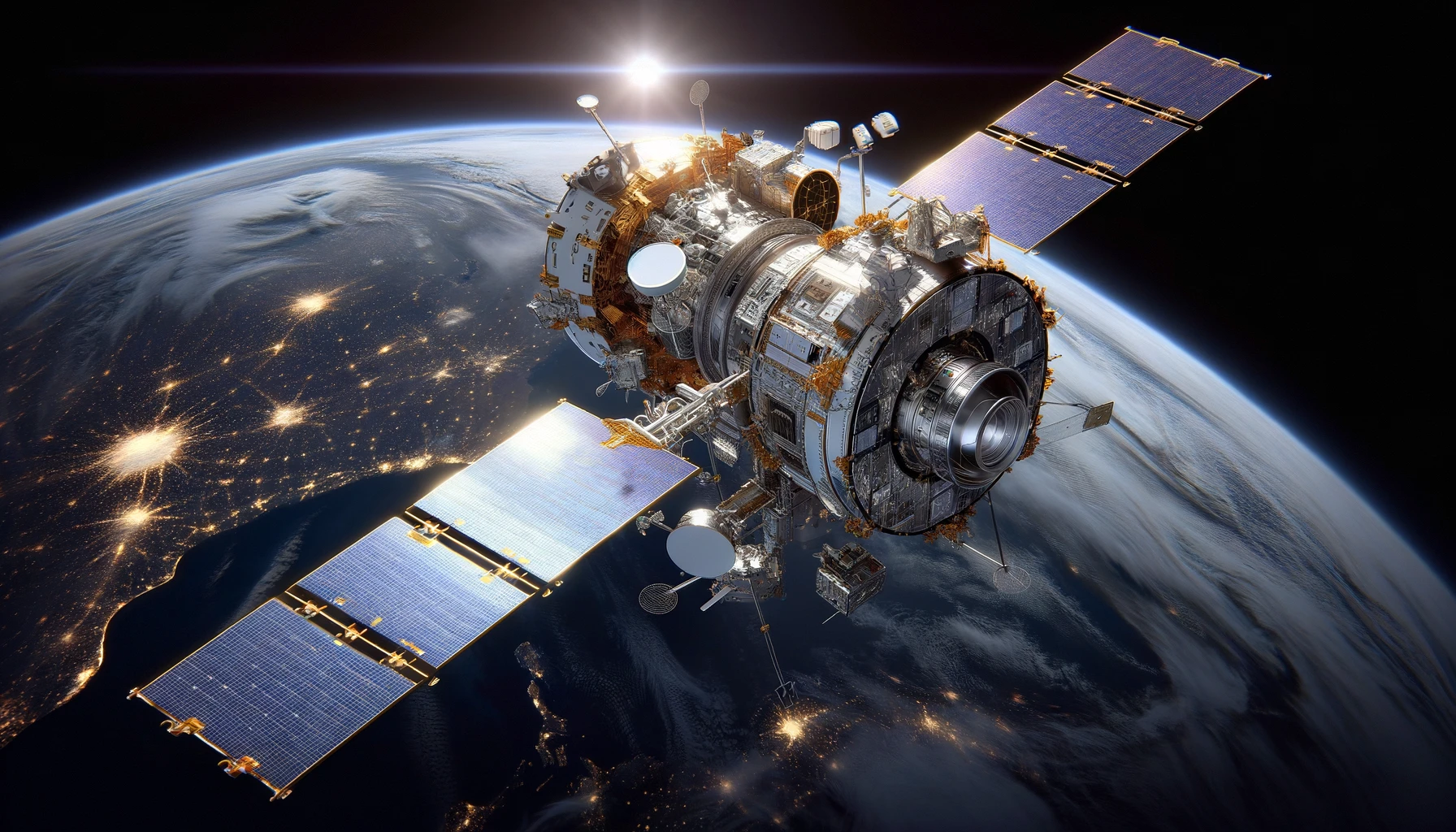NASA has achieved a groundbreaking feat in deep space communication, streaming the first-ever HD video from space – a charming clip of a cat named Taters chasing a laser. This video, transmitted from the DSOC transceiver on the Psyche spacecraft nearly 19 million miles from Earth, marks a significant advancement in space communication technology.
The Deep Space Optical Communications (DSOC) experiment utilizes laser signals for long-distance space communication, vastly improving the bandwidth and speed of data transmission. This breakthrough could revolutionize future space missions, enabling more efficient exploration and expanding the scope of scientific endeavors. The Psyche mission’s DSOC system achieved an impressive 267 Mbps transmission rate, sending the video to Earth in just 101 seconds, demonstrating the potential of optical communication in supporting future missions to the Moon, Mars, and beyond.
China’s Space Plane and its Mysterious Wingmen
In a parallel development, China’s space plane, on its third mission, has released six enigmatic objects, referred to as “wingmen,” into Earth’s orbit. Amateur satellite trackers are closely monitoring these objects, with one, OBJECT A, emitting signals similar to those observed in previous missions of China’s space plane.
Speculations suggest that OBJECT A could be orbiting another object, possibly the space plane itself. This behavior mirrors China’s past space activities, where it released and interacted with mysterious objects in orbit. The exact purpose and nature of these “wingmen” remain shrouded in secrecy, fueling widespread intrigue and speculation in the space community.
Evaluating the Impact and Future Implications
These advancements from NASA and China represent significant strides in space exploration and technology. NASA’s successful demonstration of deep space optical communication paves the way for more ambitious and efficient space missions.
Meanwhile, China’s activities, although less transparent, hint at developing sophisticated space capabilities. The full implications of these developments are yet to unfold, but they undeniably contribute to the ever-evolving narrative of human endeavors in space, with the promise of more discoveries and innovations to come.










